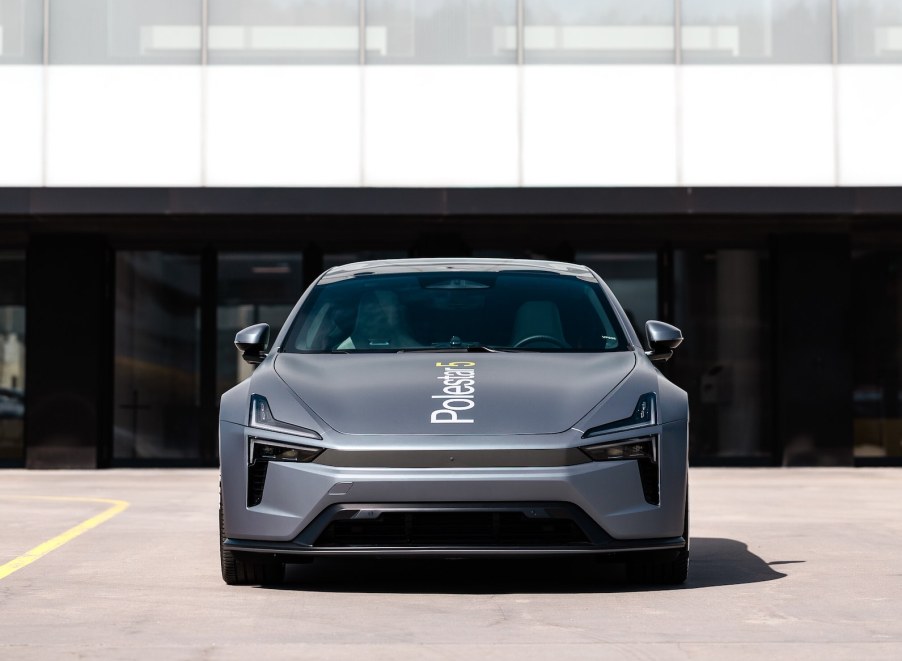
New EV Battery Charges in 10 Minutes (And Why I Don’t Care)
The Polestar EV company just fitted one of its prototypes with a fast-charging battery by the StoreDot startup. Then its engineers charged the 77kWh battery pack from 10% up to 80%–in just under 10 minutes. I’m an EV advocate. And this is a huge leap forward, promising to solve what many consider a major EV pain point. So why am I just “whelmed?” Because we’re barking up the wrong tree.
If you’ve never tried to roadtrip in a modern EV, reading about their slow charging times can give you anxiety. I can’t tell you how many petrol heads have told me, “When they build one I can fuel up as fast as my F-150, then I’ll buy it.” But the charging breaks aren’t that bad. In fact, they may become your favorite thing about your EV.
The norm is quickly becoming 800-volt charging rates. In an EV sedan or small crossover, this translates to charging up to 80% in 20-25 minutes. Then you can drive for 2.5 or 3 hours. And if that number induces rage, take a deep breath. You need to know two things:
First, the vast majority of your charges will be at home, overnight anyway. So who cares how long they take?

Second, when you do hook up to a DC fast charger, it will be in the midst of a long roadtrip. And if you think 3 hours/20 minutes is a bad ratio, I’d suggest you grab a stopwatch next time you load up the munchkins and dogs for a multi-state drive.
Yes, technically you can fuel up your F-150, pound a Red Bull, hold your bladder, and drive for four hours. Then you can fuel up and piss in 7.5 minutes and do it all over again. And if you are a long haul trucker, that’s called your workday. But if not, do your really want that to be your vacation? Driving like that is bad for your body, bad for highway safety, and probably not great for your mental health.
Gas stations require a ton of infrastructure. EV fast chargers do not. That’s why we’re seeing them in walkable downtowns, at peaceful parks, and outside restaurants. In the future, charging your EV will be an opportunity for everyone in the car to use a bathroom that isn’t at a gas station, walk the dog, and stretch their legs. It might even be a chance to find a charming place you would have raced by otherwise.

So what about StoreDot? I’ll be the first to admit battery technology is holding EVs back. But faster charging shouldn’t be our first priority.
Overall, I’m thrilled to see innovation in this space. If you can charge a battery in 10 minutes without it blowing up, you can charge it in 20 minutes while creating almost no heat at all. This means the battery will last longer and the cost per mile of owning your next vehicle could be pennies.
StoreDot is also looking to increase the energy density of EV batteries. With EVs costing 40% more than internal combustion cars, and weighing up to 2,000 pounds more (I’m looking at you, Hummer EV), we desperately need better energy density. The “less” battery you have to buy, the cheaper the EV will be. The metrics we should focus on next are EV cost, battery longevity, and vehicle weight. Once these numbers approach ICE levels, we can focus on quicker charging times. In the meantime, we can all slow down and enjoy the ride.
Read about the cutting-edge production EVs already outrunning range anxiety, or watch the Polestar prototype’s rapid charging test in the video below:



